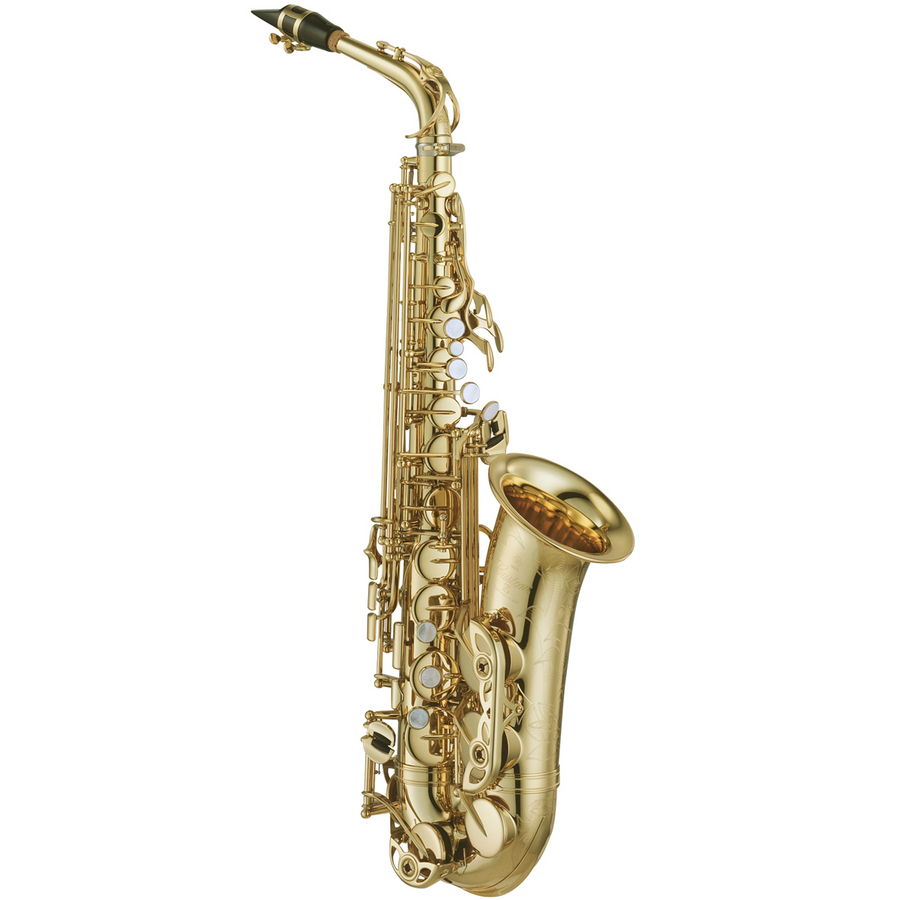Our fine strings are hand-selected from around the world and custom set-up in our workshop in Lakewood. Our sources are family workshops and Eastman.
OUR PROFESSIONAL VIOLINS
A soloist’s perfect companion.
Designed for projection, our violins will make the soloist feel supported and comfortable performing in the largest of concert halls. With sophisticated and colorful tone, these violins will carry the virtuoso through the most difficult passages.
Built for soloists from the highest quality materials and by the most skilled luthiers.
Aged European Tonewoods
Made from the most sought after wood available, our tonewoods are hand selected from regions such as Germany and Italy. Through a natural aging process, these materials become more reliable and develop deep tonal characteristics that rival the greatest violins of the past.
Master Luthiers
As a family run business, we value the people that make us whole. Our master luthiers have been a part of the Eastman family from the beginning, and it is through their commitment to the craft that the finest instruments can be sculpted with care and precision.
Antiqued Oil Varnish
Just as it is important to properly age wood, a good finish takes time. Our multi-layered oil varnish is patiently hand-applied over several months, leading to enhanced tonal characteristics and rich appearance. Our varnish shop then meticulously follows an antiquing process, creating a unique look for each violin.
Made for soloists, our professional violins project sophisticated tones for the entire concert hall to hear.
“It makes me want to practice again like I am 7 years old. The violin projects very well in the worlds lou dest orchestra!” Nisanne Howell – Former First Violinist, Chicago Symphony Orchestra
dest orchestra!” Nisanne Howell – Former First Violinist, Chicago Symphony Orchestra





 dest orchestra!” Nisanne Howell – Former First Violinist, Chicago Symphony Orchestra
dest orchestra!” Nisanne Howell – Former First Violinist, Chicago Symphony Orchestra








